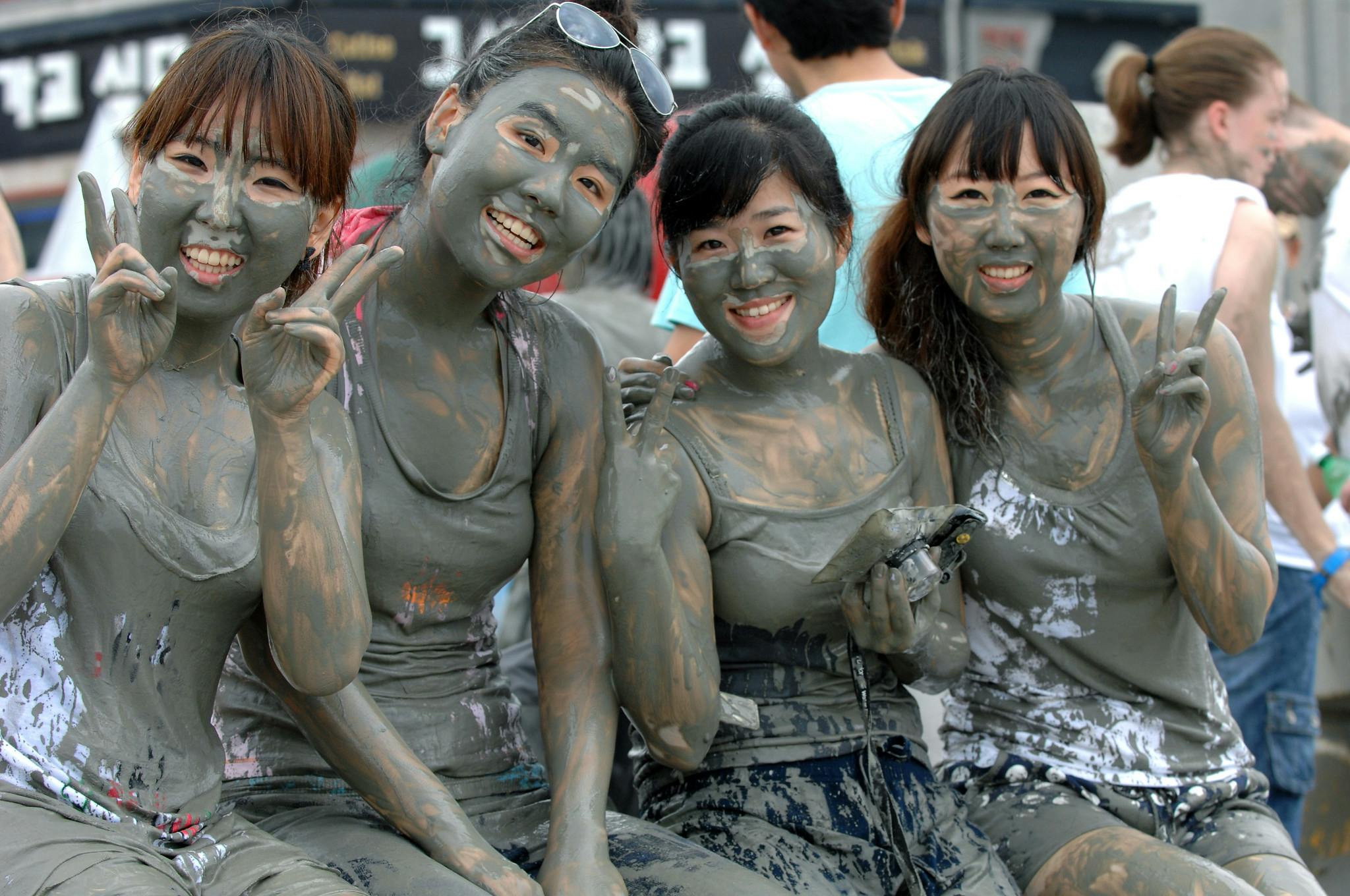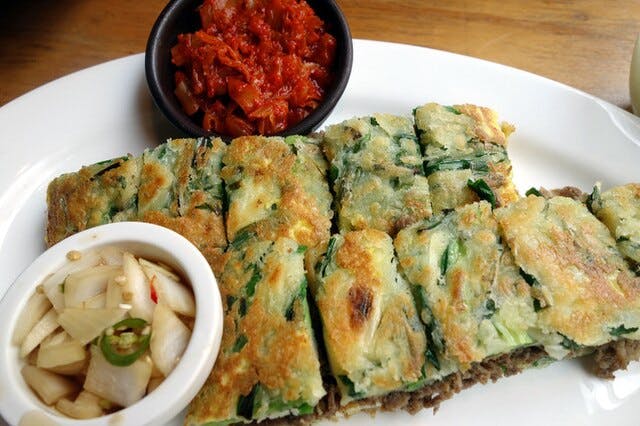B: The Boryeong Mud Festival of South Korea
This article is a part of the AI-enhanced Festivals A-Z series covering cultural events from around the world.

CultureExtra is a human-crafted, AI-enhanced digital culture magazine.
South Korea is located in East Asia, occupying the southern half of the Korean peninsula. It has a population of over 51 million people and its capital and largest city is Seoul. South Korea has a diverse landscape with coastal plains, mountains, and over 3,000 islands. The main religions are Christianity and Buddhism. The official language is Korean.

Location of South Korea. Source: Wiki.
A popular summer festival held annually in South Korea is the Boryeong Mud Festival, taking place in July on Daecheon Beach in the town of Boryeong. The festival was originally conceived in 1998 as a marketing vehicle for Boryeong mud cosmetics. The mud from Boryeong is considered therapeutic and beneficial for the skin. What began as a modest event has now grown into a major festival attracting over 2 million visitors each year.

Source: Flickr
The highlight of the Boryeong Mud Festival is the chance for visitors to play and roll around in large pits filled with the famous Boryeong mud. The cooled smooth mud is imported from the nearby Boryeong mud flats and is reported to contain rich minerals that leave the skin soft and supple. The festival has dedicated mud experience zones for participants to wallow and slide in the therapeutic mud.
Visuals created by Dall-E 3 are truly breathtaking!


In addition to mud activities, the festival also hosts mud-themed games and competitions. The most popular event is the Mud Prison where participants wrestle and throw mud at each other. The Mud King competition crowns the male and female visitor adjudged to be the most creatively adorned in mud. Other contests include mud sledding, mud surfing, and the most popular - mud wrestling.

Source: Flickr
The ten-day festival livens up in the evenings with concerts by K-pop artists, live performances, and a fireworks show over Daecheon Beach. Plenty of food stalls provide sustenance for visitors between mud events. Local delicacies like pajeon (seafood pancakes), tteokbokki (spicy rice cakes), and Korean barbecue are festival favorites.

Source: Wiki
The Boryeong Mud Festival attracts both Korean nationals and international visitors. Participants come prepared wearing old shirts and shorts that can be discarded after the muddied activities. At the end of the revelry, the festival area has public showers for cleaning up. The family-friendly event has even hosted a Mud Kids Land Zone with shallower and less muddy pools for children to safely enjoy.
The Boryeong Mud Festival has its roots in therapeutic traditions but has evolved into a popular summer beach party. Playing in the soft mud under the summer sun creates endless moments of laughter, joy, and connections. The festival promotes the beneficial properties of Boryeong mud for skin health. But most of all, attendees leave with memories of childlike fun and having forged new friendships in the mud.
The Boryeong Mud Festival showcases South Korea's ability to take a simple natural resource and transform it into an international tourist attraction. The foreign visitors and revenue generated underline the economic and cultural impact of the festival. For ten days every summer, the muddy celebrations allow people to literal dive into Korean culture while leaving refreshed in body and spirit.

